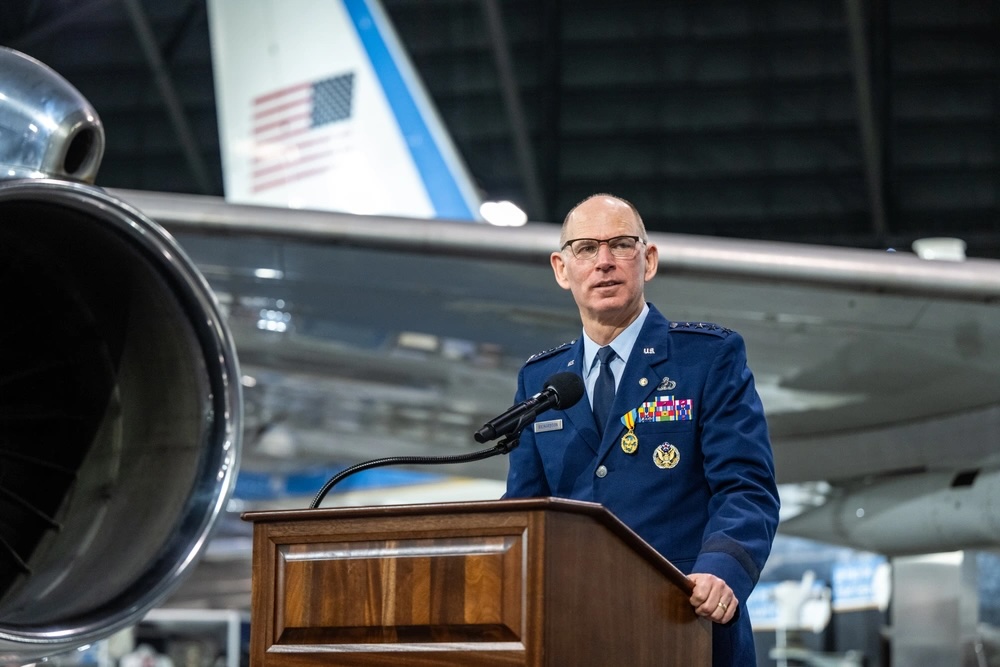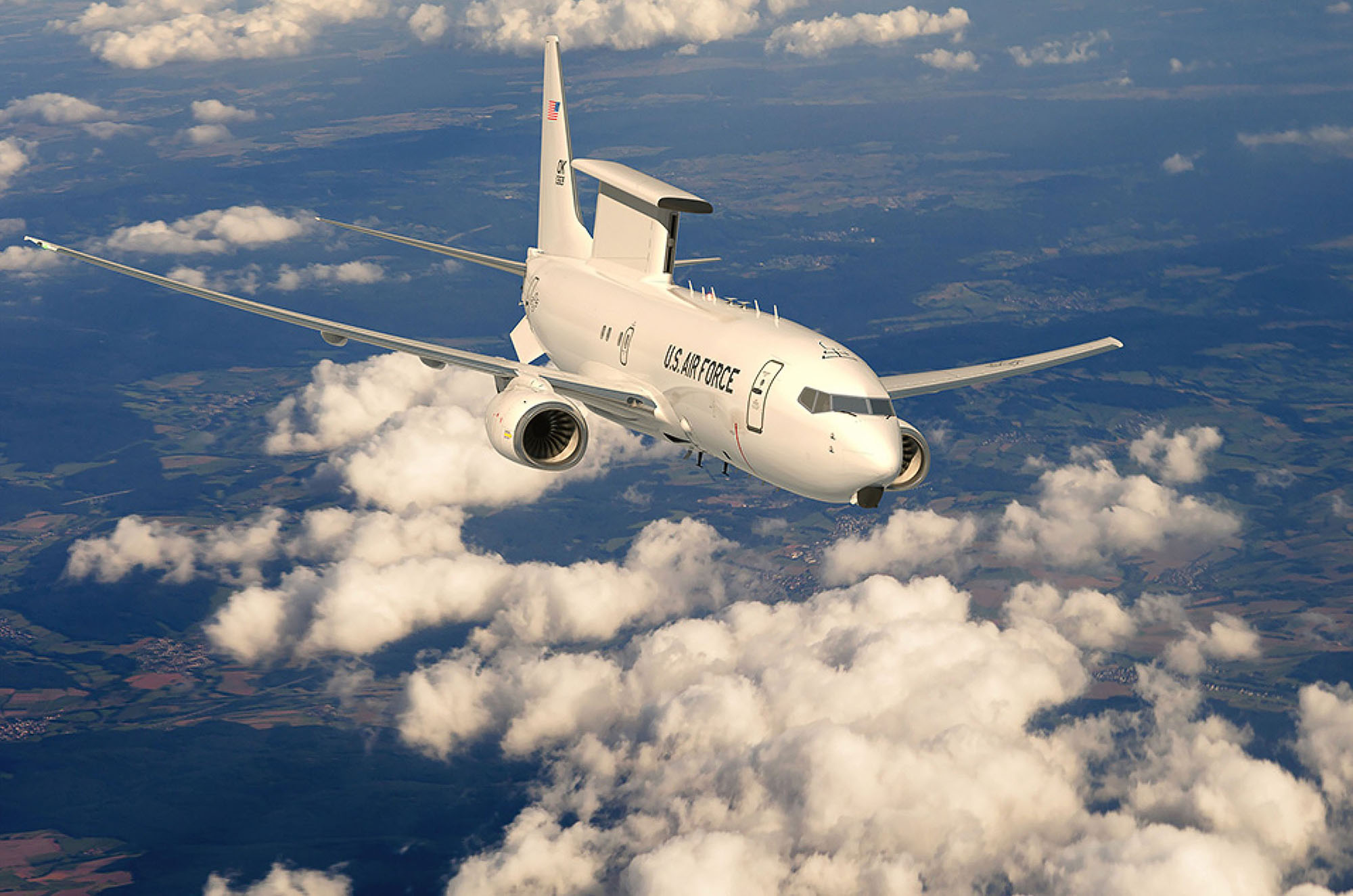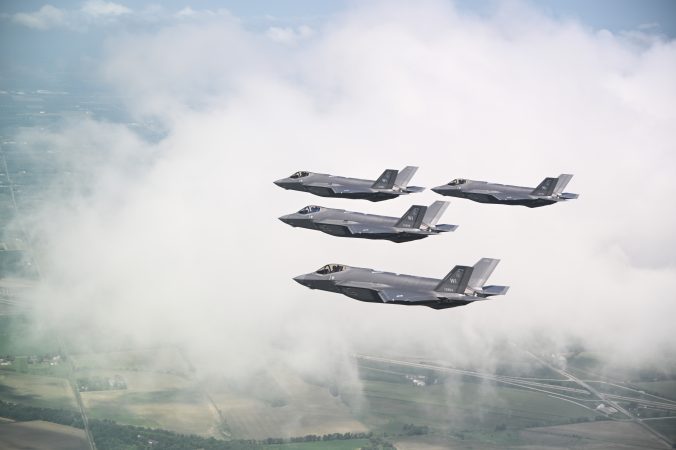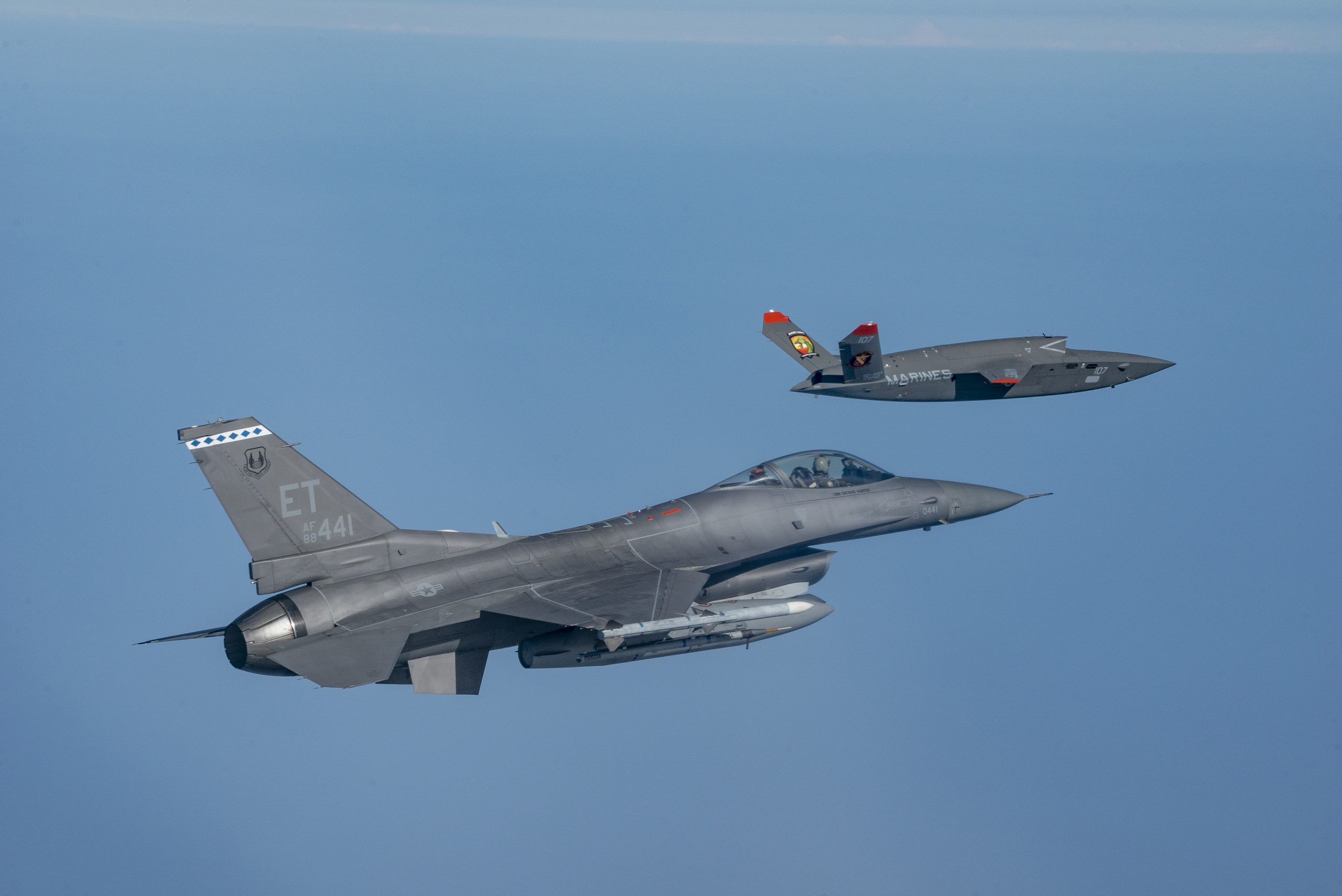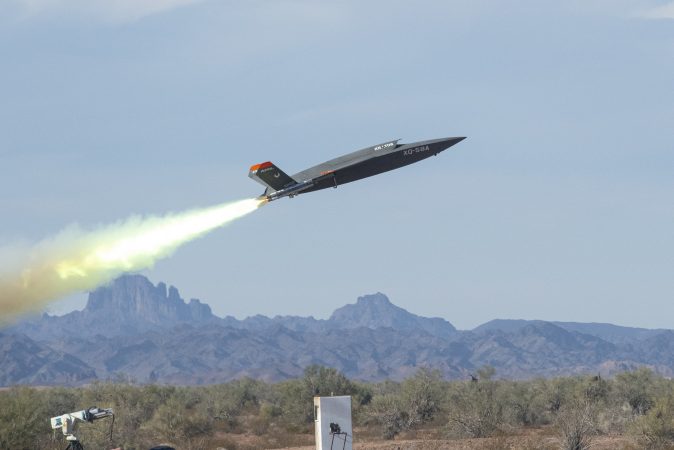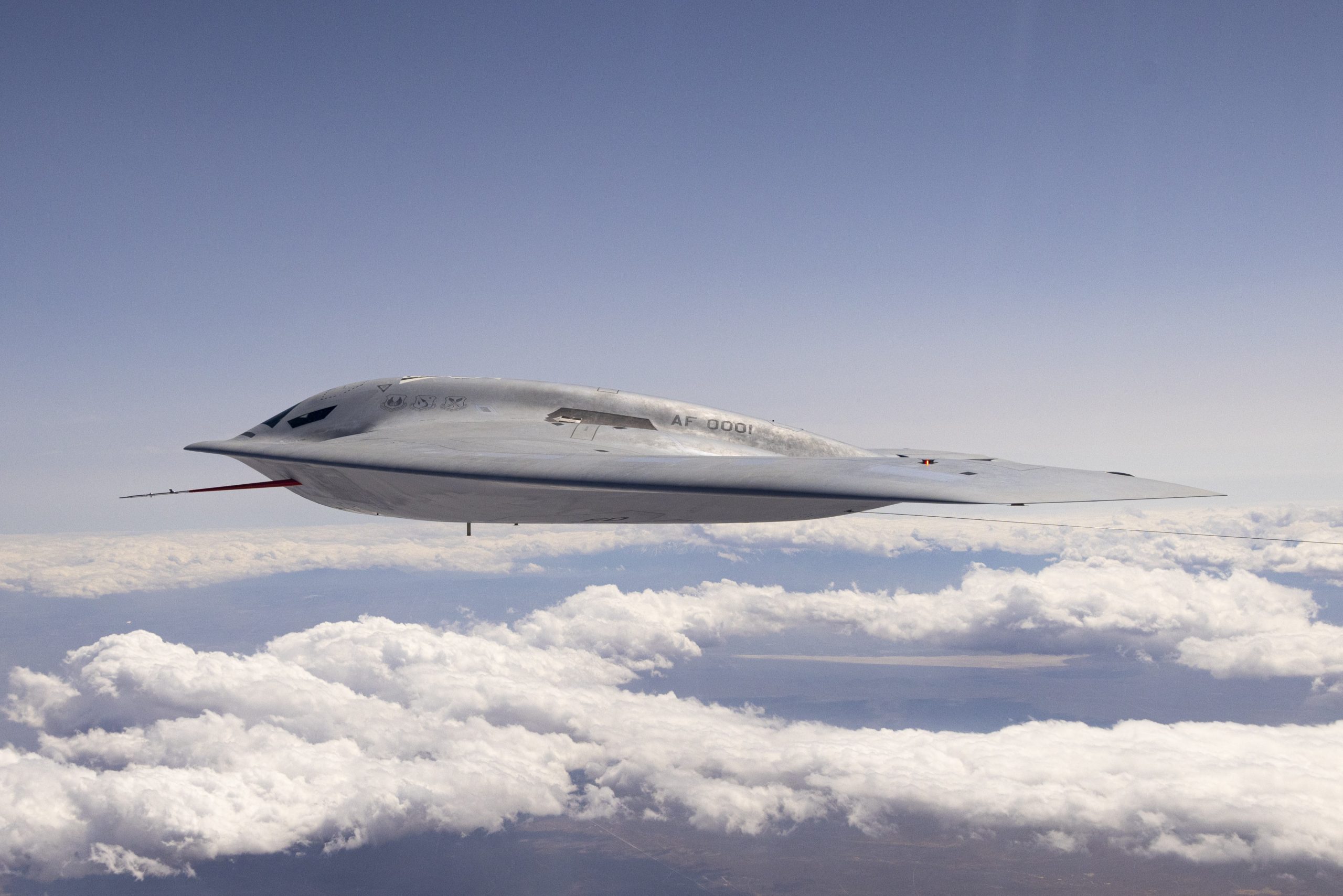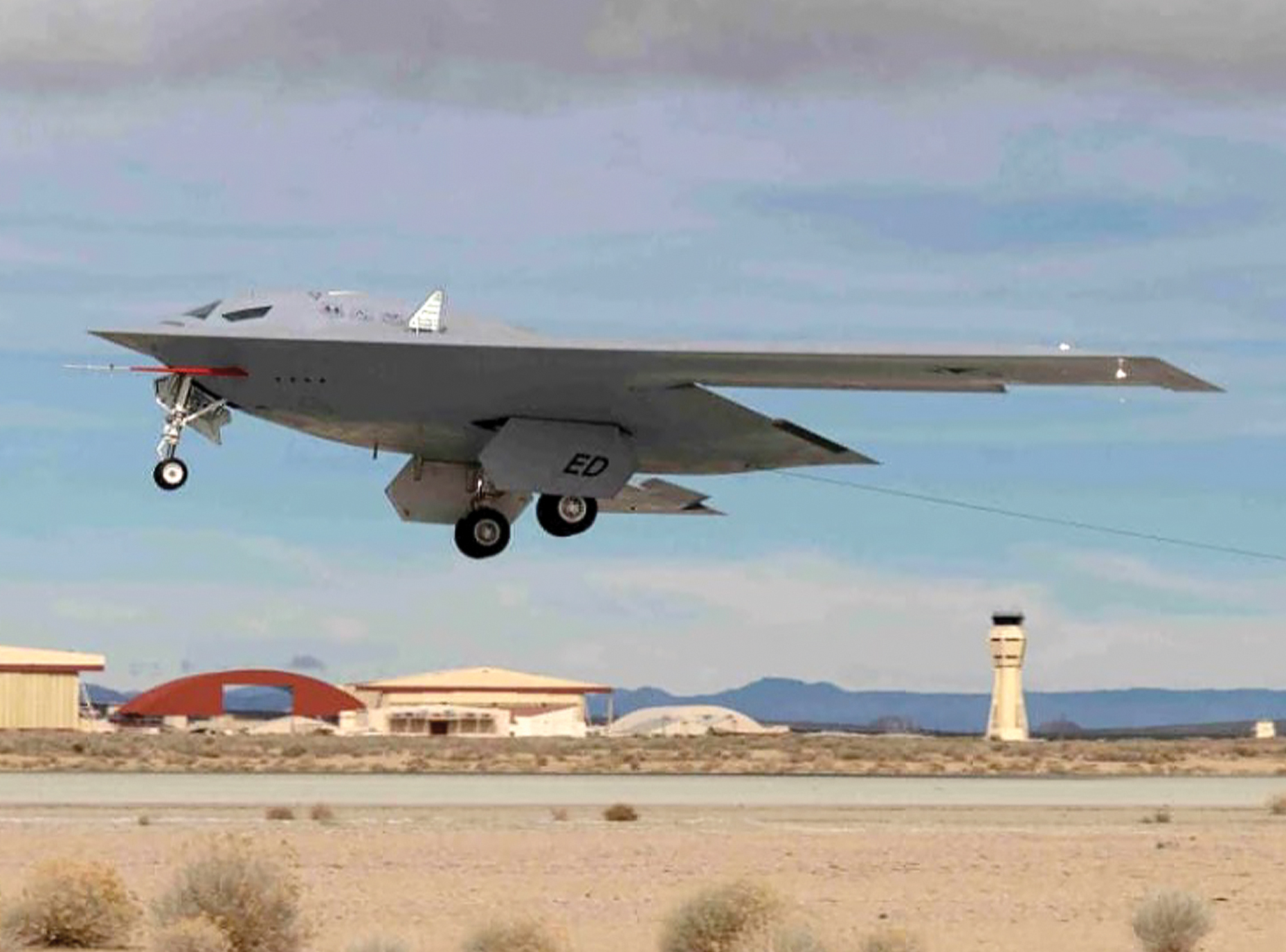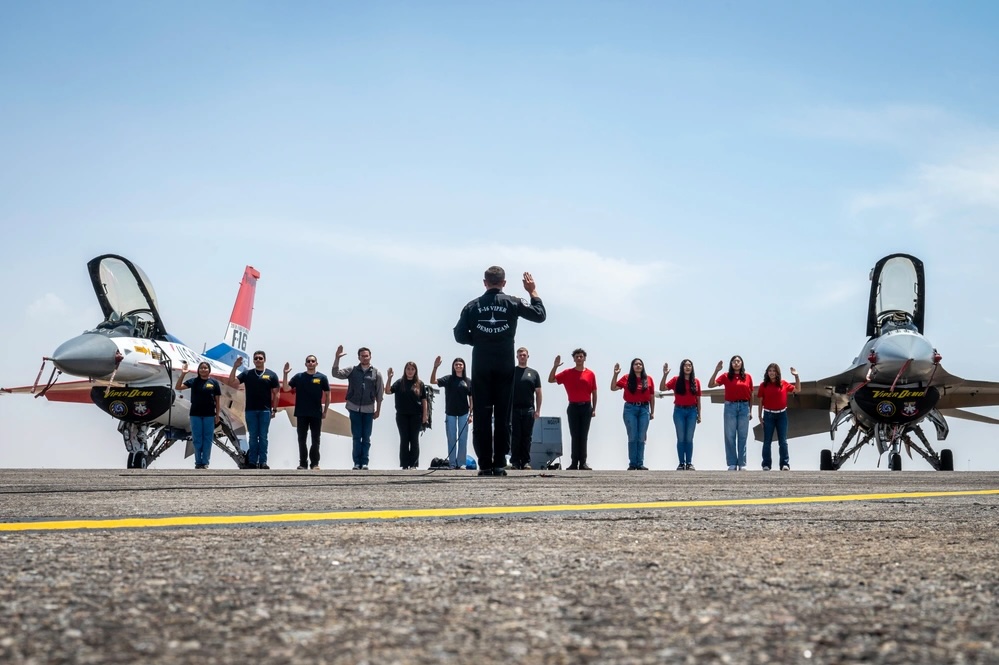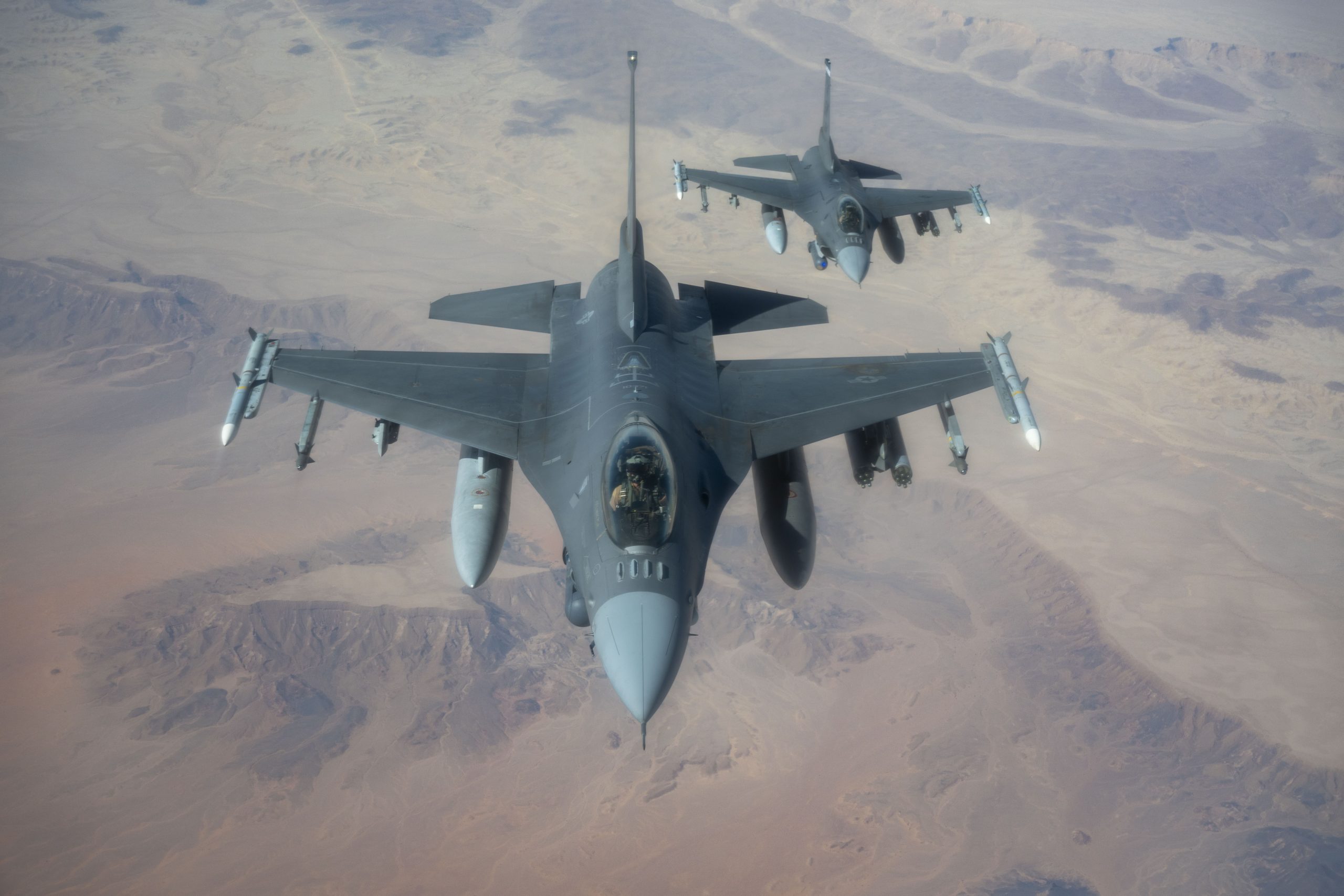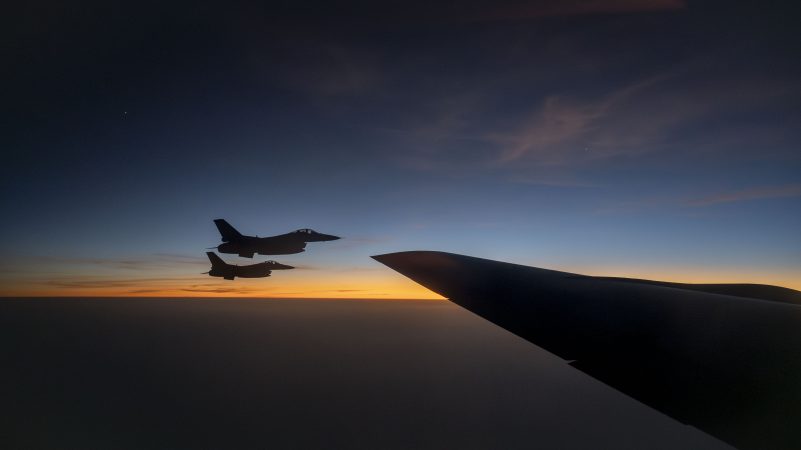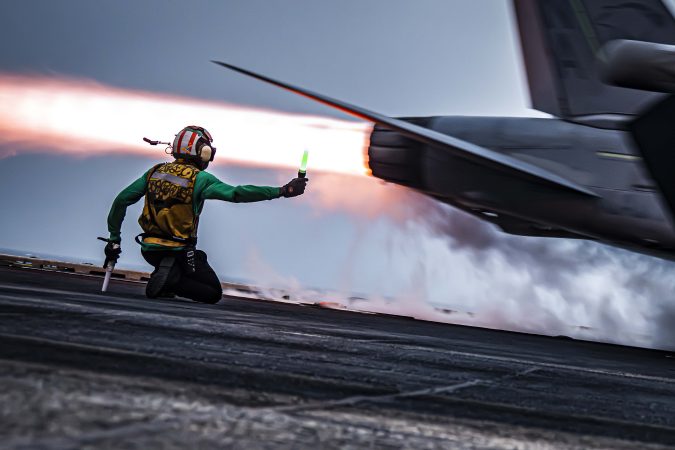Airmen basic rarely go on to become four-star generals, but one who did retired last week after a 42-year career that saw him rise from a lowly slick-sleeve to the head of one of the Air Force’s most important major commands.
Gen. Duke Z. Richardson stepped down July 3 from the helm of Air Force Materiel Command, a group of 89,000 troops and civilians charged with researching, developing, testing, and sustaining the aircraft, weapons, sensors, and other equipment that the Air Force and Space Force rely on.
“I love this stuff,” he said in an Air Force exit interview shortly before retiring. “I get out of bed every day and I get excited about coming in and working with fantastic people at AFMC. And so there’s a sense of loss, you know, just personal, selfish loss, of not being part of this team.”
Richardson started his Air Force career in 1983 as an 18-year-old avionics technician. He originally enlisted in the service as the means to “a steady paycheck and a path toward independence,” according to a press release. But Richardson’s passion for science and engineering helped turn the job into a vocation.
“The Air Force gears don’t turn without AFMC,” he said in the exit interview. “It’s no mistake that there’s a gear in our patch.”
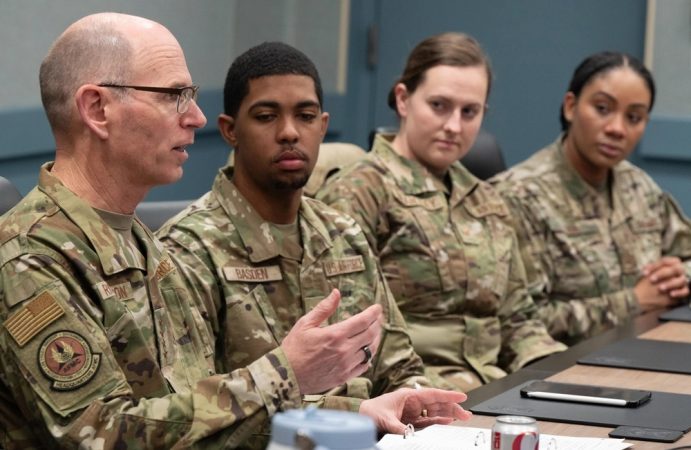
In 1989, the maintainer commissioned as a second lieutenant after earning a degree in electrical engineering from Arizona State University. He worked a range of materiel-related assignments touching everything from space electronics to F-15 fighter software to presidential airlift to fixed wing special operations aircraft. Throughout it all, his attitude towards hard work remained the same.
“One of the most enduring values I’ve carried with me throughout my entire career—from Airman Basic to MAJCOM commander—is the value of hard work,” Richardson said. “I’m a working general. I learned early on the importance of hard work, humility, and technical excellence.”
That goes back to “integrity first,” one of the Air Force core values.
“I say that to myself all the time,” he said. “It guides my behavior. How you get there is just as important as getting there. I am not willing to achieve an objective if I do it improperly.”
In June 2022, Richardson pinned his fourth star and took command of AFMC shortly before his predecessor, Gen. Arnold W. Bunch Jr., retired. His tenure saw the first flight of the B-21 stealth bomber, the acquisition of the first T-7A trainer jets, the selection of Boeing to build the F-47 Next-Generation Air Dominance fighter, and a shift towards faster digital design and development for Air Force programs.
“This is completely transforming how we’re doing systems engineering,” Richardson said of digital design in 2022.
Air Force Materiel Command faces an uncertain future, as the Office of the Secretary of Defense has ambitious goals to reduce the military’s civilian workforce by 5 to 8 percent. Richardson estimated that 72,000 of his 89,000 employees, about 80 percent, are civilians. While the Air Force gears don’t turn without AFMC, “AFMC gears don’t turn without our civilian workforce,” he said.
Richardson’s successor has not yet been nominated. For now, AFMC deputy commander Lt. Gen. Linda S. Hurry is serving as the formation’s acting commander.
